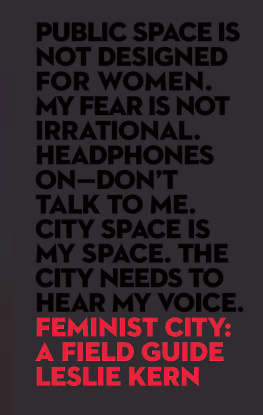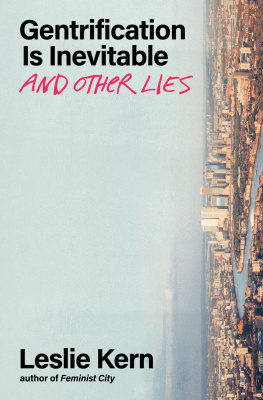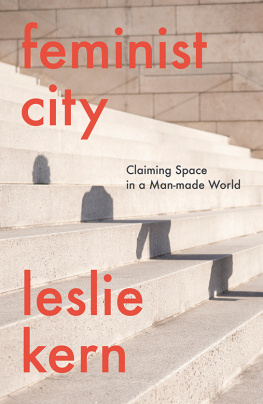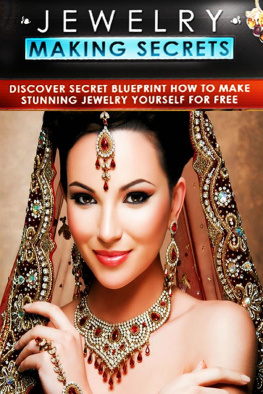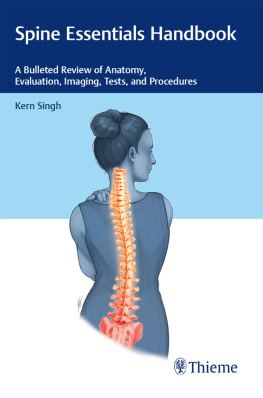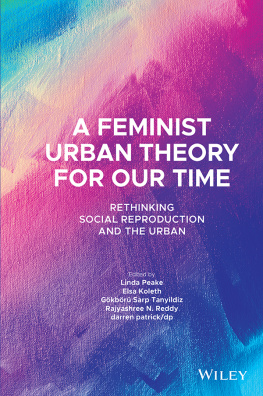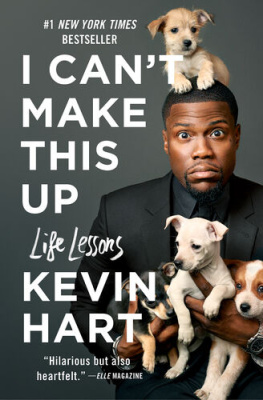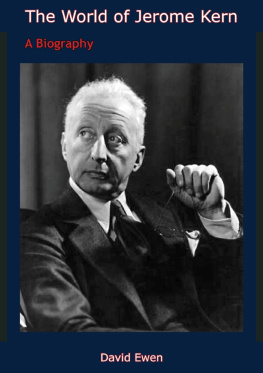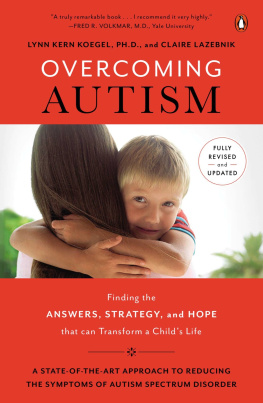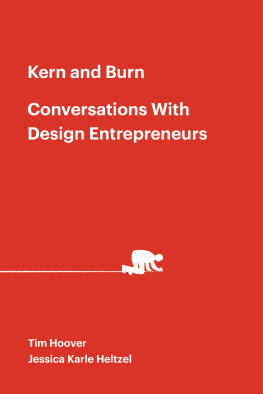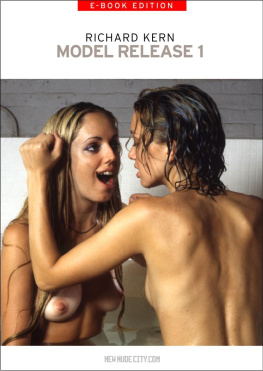Id like to thank everyone at Between the Lines Books and in particular my editor Amanda Crocker, for enthusiastically saying yes to this book and supporting me throughout the publication process. The team included Chelene Knight, Rene Knapp, David Molenhuis, and Devin Clancy.
I tend to keep my projects pretty close to my chest until theyre nearly done (its a Scorpio thing), but I want to thank those folks who gave me early encouragement and advice as I let the news trickle out: Erin Wunker, Dave Thomas, James McNevin, Caroline Kovesi, and Pamela Moss.
The fierce, creative, rigorous, and engaged community of feminist geographers has been my intellectual home for many years now and I could never do this work without their work. Our gatherings, conferences, and book parties are so meaningful to me. Ive been especially lucky to have Heather McLean, Winifred Curran, Brenda Parker, Roberta Hawkins, Oona Morrow, Karen Falconer Al Hindi, Tiffany Muller Myrdahl, Vannina Sztainbok, and Beverley Mullings as friends, co-authors, and collaborators.
My mentors and advisors from graduate school continue to inspire me and Im grateful for everything theyve done to help me succeed: Sherene Razack, Helen Lenskyj, Gerda Wekerle, and Linda Peake.
My colleagues and students at Mount Allison University have fostered a warm and invigorating environment for my work over the last ten years. Special shout out to everyone whos ever taken Gender, Culture, and the City: this book is a pure distillation of what a particularly-engaged cohort once called Kernography. Our conversations helped frame the goals for this book.
My urban and not-so-urban adventures have been filled with fun and sisterhood and travel and tattoos and cheese and impractical footwear because of my two girl gangs, the Pink Ladies of Toronto and the Sackville Lady Posse. In order of appearance in my life: Jennifer Kelly, Kris Weinkauf, Katherine Krupicz, Sarah Gray, Cristina Izquierdo, Michelle Mendes, Katie Haslett, Jane Dryden, Shelly Colette, and Lisa Dawn Hamilton.
Ive always had the unfailing support of my family, including my parents, Dale and Ralph, and my brother Josh, as well as a big network of extended familybiological and otherwise. My partner Peter makes the coffee every morning, which basically allowed me to write every word of this book. My daughter Maddy is an absolute light. I love you all and deeply appreciate everything you do for me.
Introduction
City of Men
I have an old picture of my little brother and I surrounded by dozens of pigeons in Londons Trafalgar Square. Im guessing from our matching bowl cuts and bell-bottom corduroys that its 1980 or 1981. Were happily tossing out seeds that our parents purchased from a little vending machine in the square. You wont find those machines anymore because feeding the pigeons is strictly frowned upon, but back then it was one of the best parts of our trip to visit my dads family. We were in the centre of everything, our excitement palpable. In our glowing faces I see the beginning of our mutual lifelong love of London and city life.
Josh and I came into the world via downtown Toronto, but our parents raised us in the suburbs. Although Mississaugas population makes it one of the largest and most diverse cities in Canada, its essence in the 1980s was car-centred suburban mall-scape. My brother and I each moved to Toronto as soon as we could, rejecting suburbia faster than we could say Yonge-University-Spadina Line. But our experiences of city life have been vastly different. I doubt Josh has ever had to walk home with his keys sticking out from his fist or been shoved for taking up too much space with a baby stroller. Since we share the same skin colour, religion, ability, class background, and a good chunk of our DNA, I have to conclude that gender is the difference that matters.
Disorderly Women
Women have always been seen as a problem for the modern city. During the Industrial Revolution, European cities grew quickly and brought a chaotic mix of social classes and immigrants to the streets. The Victorian social norms of the time included strict boundaries between classes and a firm etiquette designed to protect the purity of high status white women. This etiquette was fractured by the increased urban contact between women and men, and between women and the citys great seething masses. The gentleman and, worse still, the gentlewoman were forced to rub shoulders with the lower orders and be buffeted and pushed with little ceremony or deference, writes cultural historian Elizabeth Wilson. However, this chaotic transition time meant it was increasingly difficult to discern status and a lady on the streets was at risk of the ultimate insult: being mistaken for a public woman.
This threat to the supposedly natural distinctions of rank and the shakiness of barriers of respectability meant that for many commentators of the time, urban life itself was a threat to civilization. The condition of women, explains Wilson, became the touchstone for judgments on city life. Womens gradually expanding freedoms were thus met with moral panic over everything from sex work to bicycles. The countryside along with the newly expanding suburbs would provide a suitable retreat for the middle and upper classes and most importantly, safety and continued respectability for women.
While some women needed to be protected from the citys messy disorder, other women were in need of control, re-education, and perhaps even banishment. Growing attention to city life made the conditions of the working class more visible and increasingly unacceptable to the middle class. Who better to blame than women, who had come to cities to find work in factories and domestic service, thus turning the family upside down, according to Engels. Womens participation in paid labour meant some small amount of independence and of course less time for domestic responsibilities within their own homes. Poor women were cast as domestic failures whose inability to keep clean homes was to blame for the demoralization of the working class. This demoralization expressed itself through vice and other kinds of problematic private and public behaviours. All of this was viewed as a deeply unnatural state of affairs.
Of course, the greatest social evil was that of prostitution, which had the potential to destroy the family, shake the foundations of society, and spread disease. In the pre-germ theory understanding of the time, disease was believed to be spread by an airborne miasma carried by noxious sewer odours. The concept of a moral miasma emerged as well: the idea that one could be infected by depravity via sheer proximity to those who carried it. Writers of the time were scandalized by the common presence of streetwalkers who openly plied their trade, tempting good men into a world of vice. Women were also constantly exposed to temptation, and, once fallen, a woman was doomed, many reformers believed, to a life of increasing degradation and an early and tragic death.
The solution proposed by many, including Charles Dickens, was for fallen women to emigrate to the colonies where they might marry one of many surplus settler men and be restored to respectability. Out here, the need to protect white women settlers from the menace of the native provided one rationale for the containment and elimination of Indigenous populations from urbanizing areas. Popular novels of the day depicted sensational stories of kidnap, torture, rape, and forced marriage of white women by marauding, vengeful savages. These new fortified settler cities would mark the transition from frontier to civilization and the purity and safety of white women would complete the metamorphosis.

